- Have any questions?
- +86-189 8930 5995
- sales@mosinterchem.com.cn
Zinc borate CAS 1332-07-6

Antimony III oxide CAS 1309-64-4
18/12/2018
1,2,5,6,9,10-Hexabromocyclododecane CAS 3194-55-6
18/12/2018| Model: | MOS1332-07-6 |
| Brand Name: | MOSINTER |
| CAS No.: | 1332-07-6 |
| Molecular formula: | B2O6Zn3 |
| Solubility in water: | insoluble |
| Appearance: | White powder |
| Melting point: | 980℃ |
| Molecular weight: | 313.79 |
Flame Retardant ZB (CAS: 1332-07-6) Zinc borate
| Item | Index |
| Appearance | White powder |
| White dgree | 95 |
| Boric oxide, % | 52-56 |
| Zinc oxide, % | 42-44 |
| Loss on drying, % | ≤1.5(400℃) |
| Free water, %, ≤ | 0.5 |
| Residue on sieve, %, ≤ | 1.0 |
Zinc borate is an inorganic compound, a borate of zinc. It is a white crystalline or amorphous powder insoluble in water. Its toxicity is low. Its melting point is 980 °C.
Variants
Several variants of zinc borate exist, differing by the zinc/boron ratio and the water content:[1]
• Zinc borate Firebrake ZB (2ZnO•3 B2O3•3.5H2O), CAS number 138265-88-0
• Zinc borate Firebrake 500 (2ZnO•3 B2O3), CAS number 138265-88-0
• Zinc borate Firebrake 415 (4ZnO•B2O3•H2O), CAS number 149749-62-2
• ZB-467 (4ZnO•6B2O3•7H2O), CAS number 1332-07-6
• ZB-223 (2ZnO•2B2O3•3H2O), CAS number 1332-07-6
The hydrated variants lose water between 290–415 °C.
Uses
Zinc borate is primarily used as a flame retardant in plastics and cellulose fibers, paper, rubbers and textiles. It is also used in paints, adhesives, and pigments. As a flame retardant, it can replace antimony(III) oxide as a synergist in both halogen-based and halogen-free systems. It is an anti-dripping and char-promoting agent, and suppresses the afterglow. In electrical insulator plastics it suppresses arcing and tracking.
In halogen-containing systems, zinc borate is used together with antimony trioxide and alumina trihydrate. It catalyzes formation of char and creates a protective layer of glass. Zinc catalyzes the release of halogens by forming zinc halides and zinc oxyhalides.
In halogen-free system, zinc borate can be used together with alumina trihydrate, magnesium hydroxide, or ammonium polyphosphate. During burning the plastics, a porous borate ceramics is formed that protects the underlying layers. In presence of silica, borosilicate glass can be formed at plastic burning temperatures.
Zinc borate is used in polyvinyl chloride, polyolefins, polyamides, epoxy resins, polyesters, thermoplastic elastomers, rubbers, etc. It is also used in some intumescent systems.
Zinc borate has synergistic effect with zinc phosphate or barium borate as a corrosion inhibitor pigment.
Zinc borate acts as a broad-spectrum fungicide in plastics and wood products.
Zinc borate can be used as a flux in some ceramics. In electrical insulators it improves the ceramics properties.
Nanopowder zinc borate can be used for the applications above, and also for improving the frictional properties of lubricating oils.
You must be logged in to post a review.

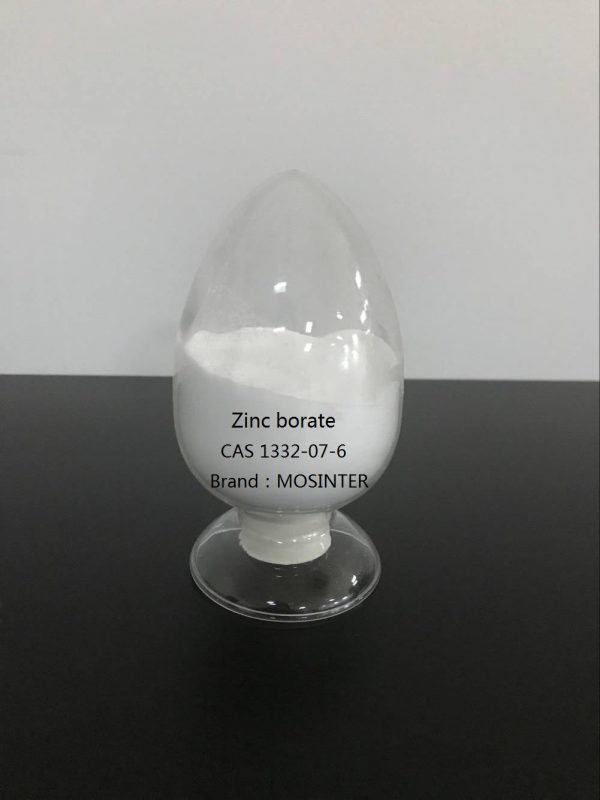
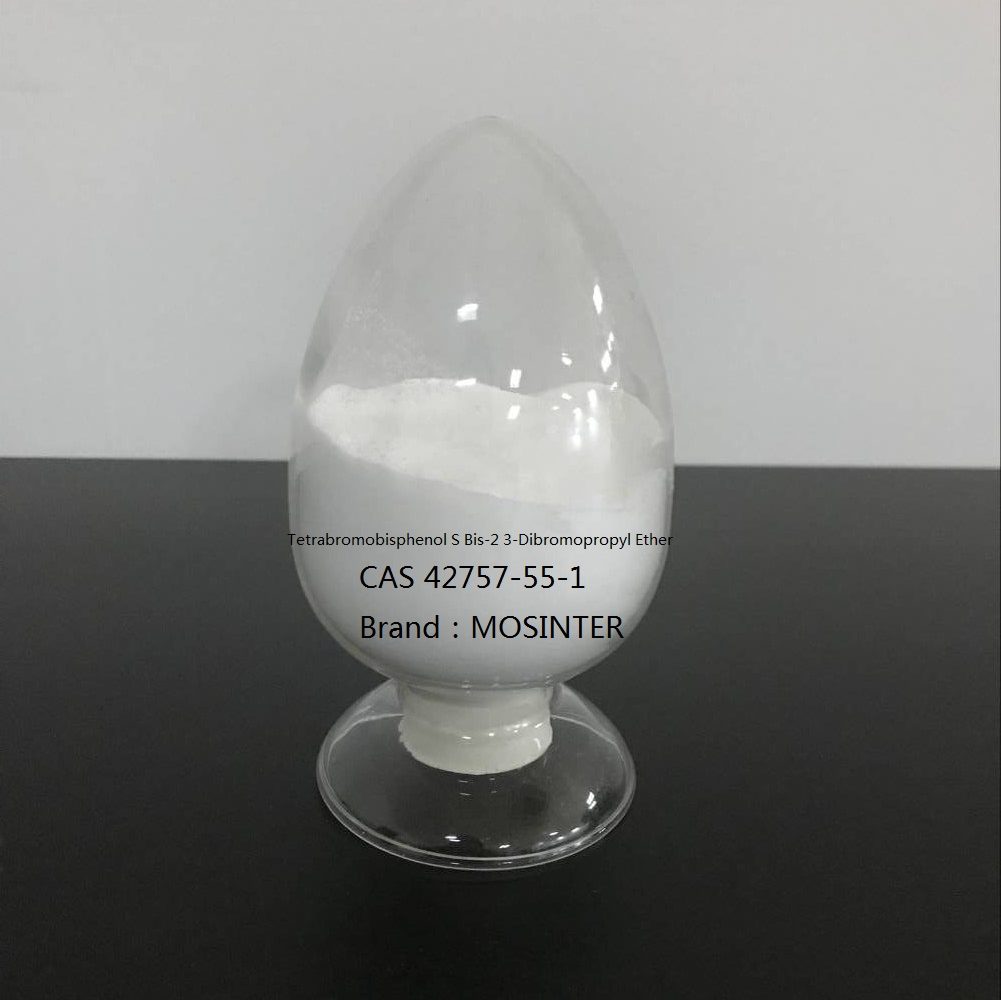
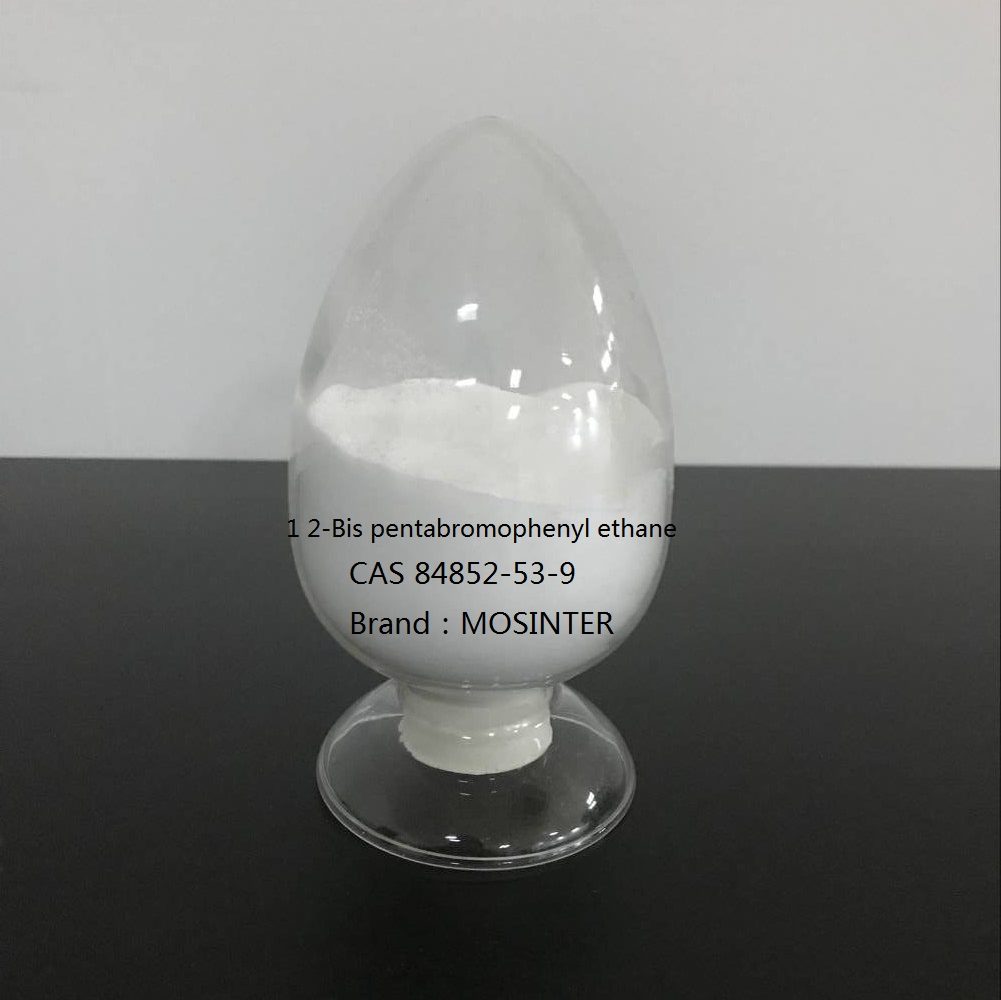
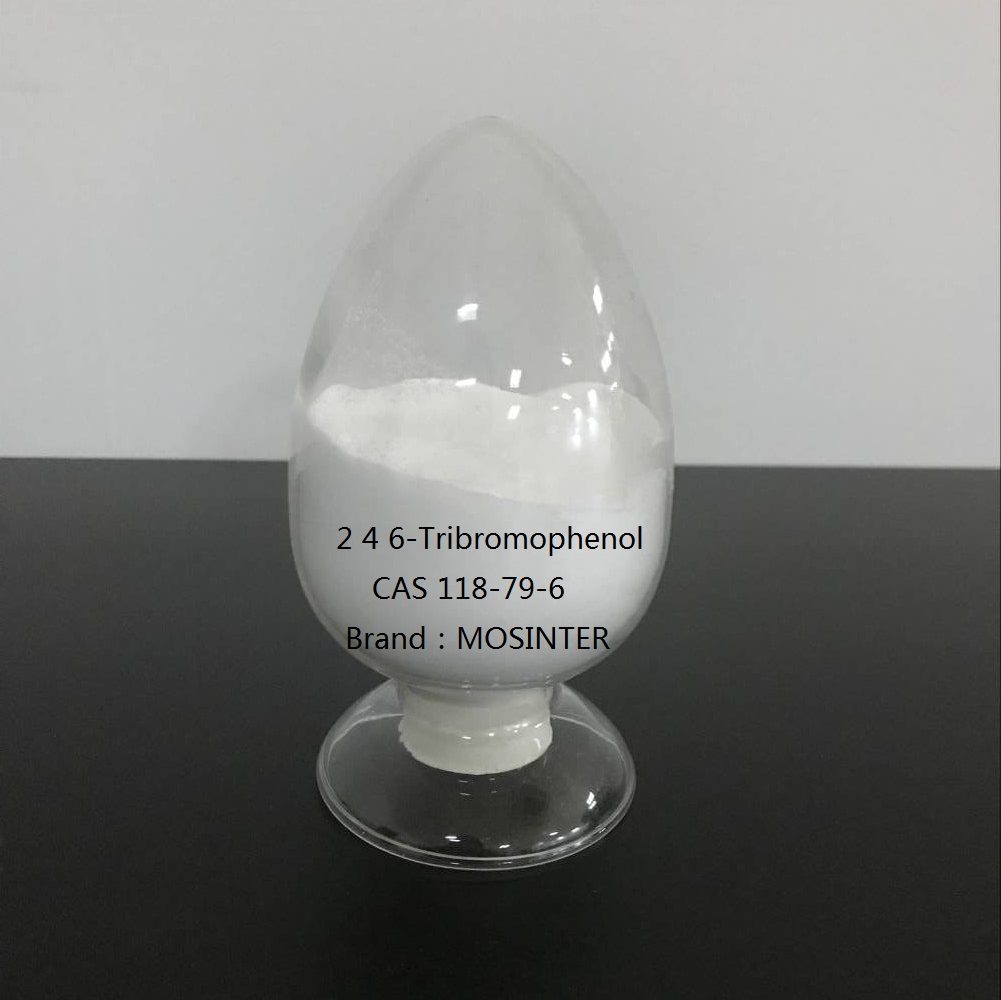
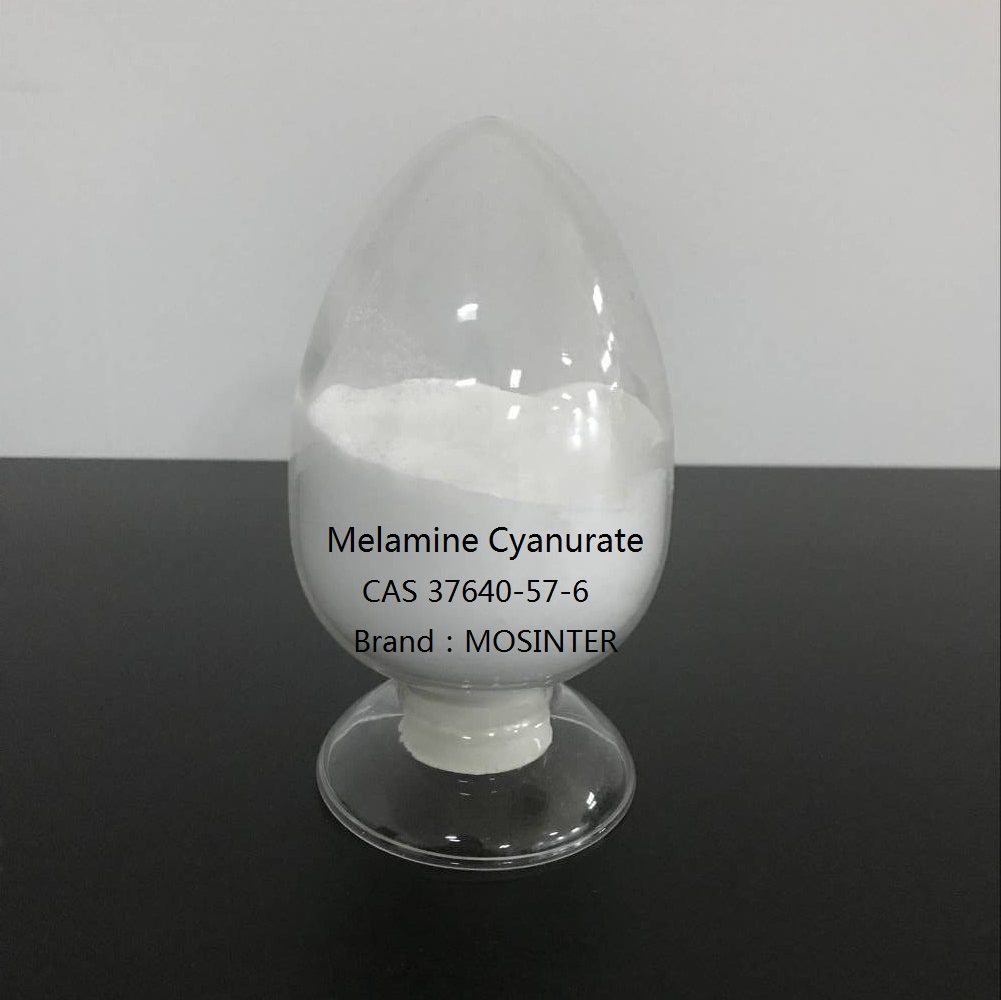
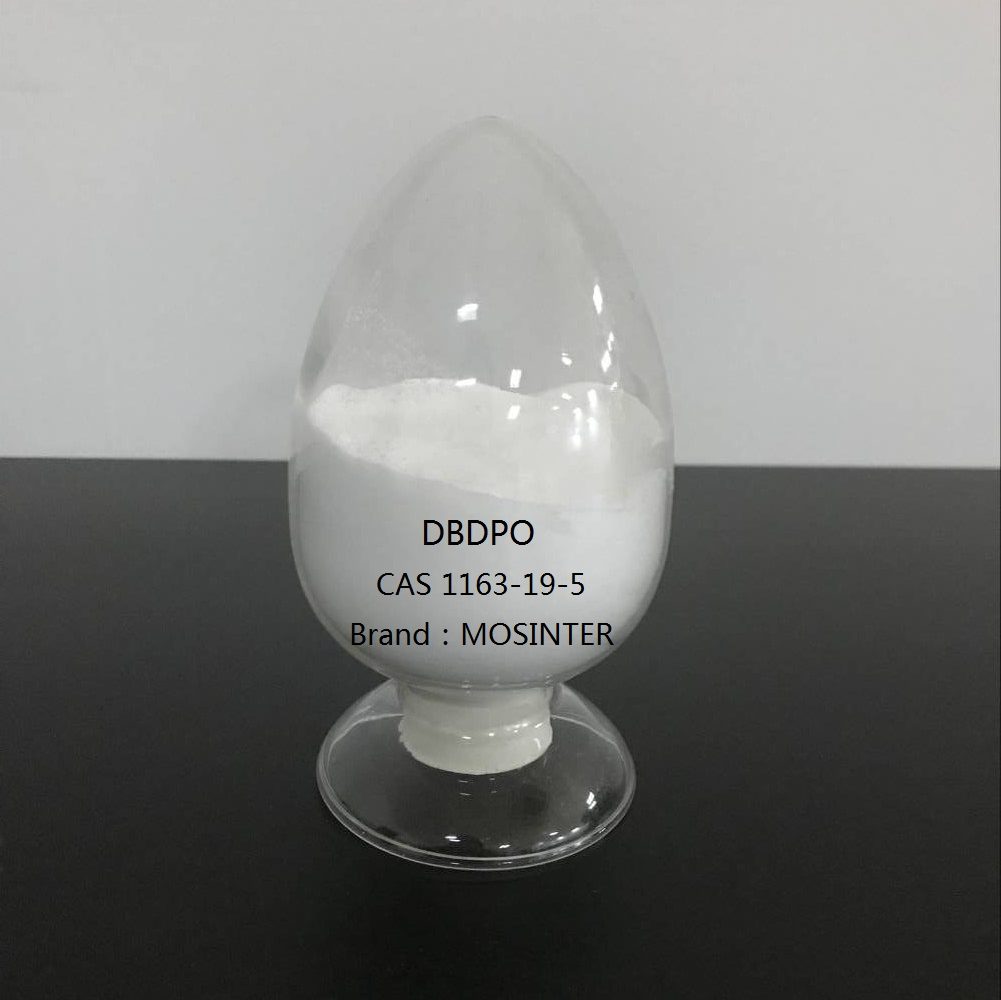
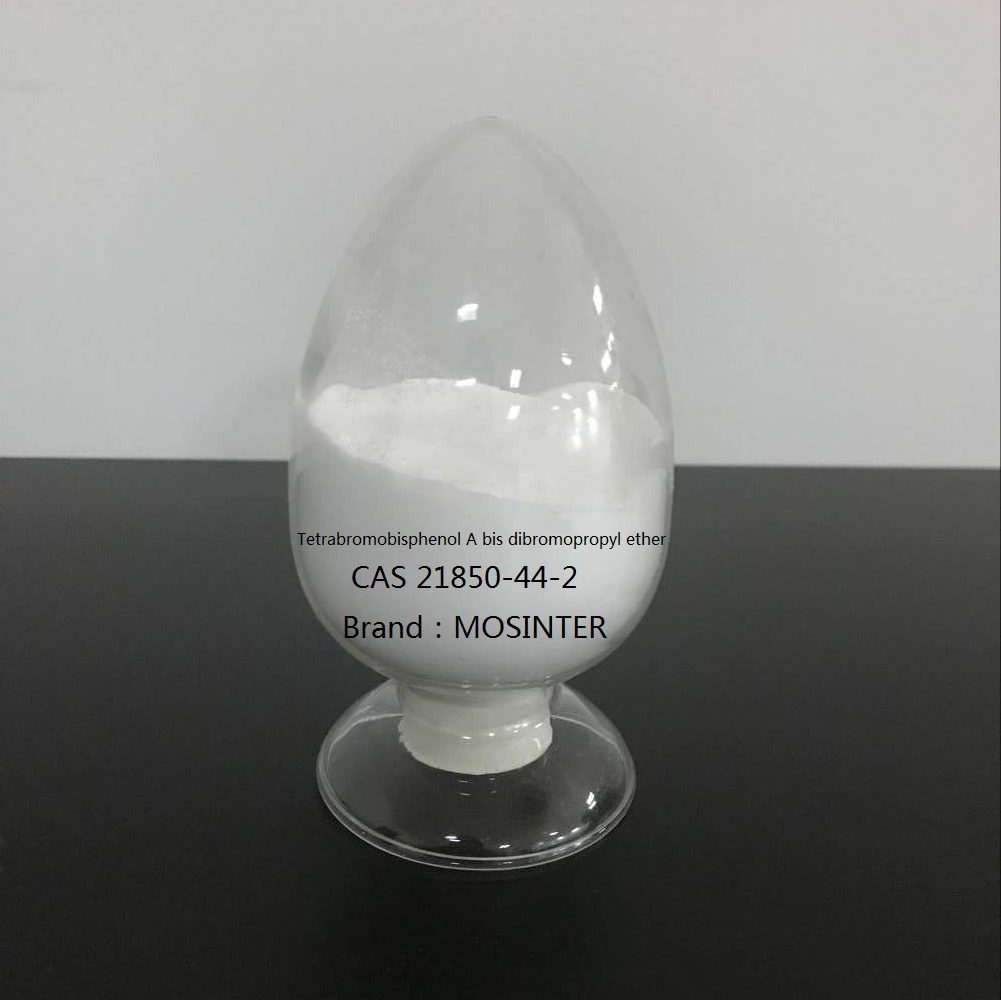
Reviews
There are no reviews yet.